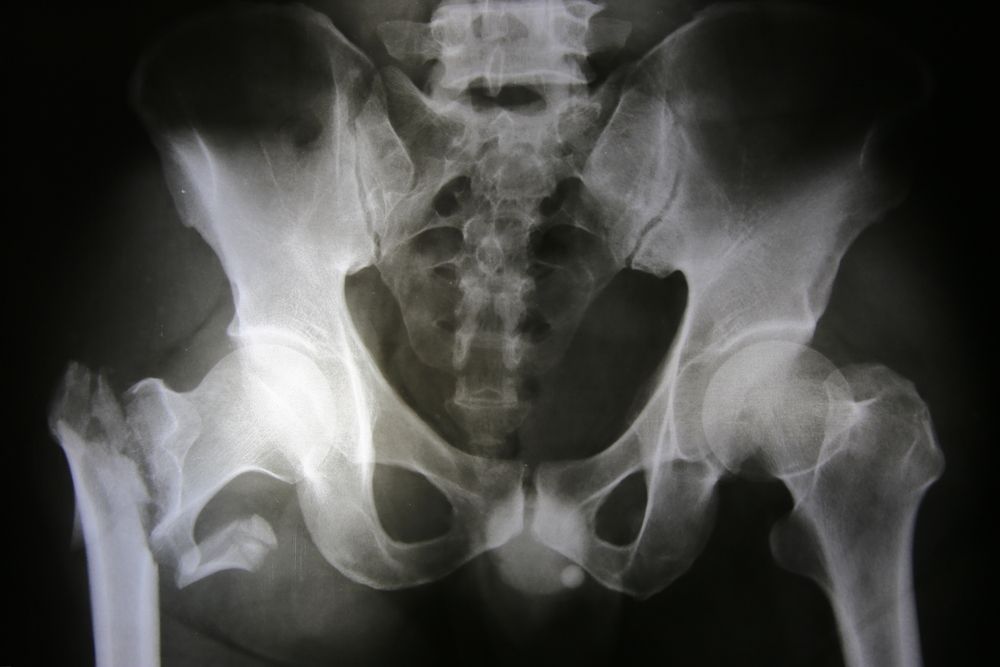Article
Mechanisms that could Reduce Bone Aging
The potential for intervening in bone loss due to aging may require a broader approach to the interactions of both the hematopoietic and skeletal systems.
X-Ray, Hip and Pelvis (©Phenyx7776Shutterstock.com)

The potential for intervening in bone loss due to aging may require a broader approach to the interactions of both the hematopoietic and skeletal systems, according to a review by Hoffman et al. in the journal Bone.
The authors argue that bone disease and dysregulation is influenced by hematopoiesis and vice versa, via a number of mechanisms and the bone and marrow need to be evaluated not as separate, but as interacting tissues. Aging of the hematopoietic system, they pointed out, results in greater risks for anemias, leukemias and myeloproliferative syndromes, and negatively impacts adaptive immune responses and mechanisms of bone regeneration.
Decreased cell function is an autonomous process that occurs in hematopoietic stem cells (HSCs) with aging and may present opportunities for future therapies and disease markers. In bone disease, examination of changes to osteoblast and mitochondrial function, both involved in reduced bone formation resulting in osteoporosis, can provide important therapeutic targets.
At the same time, the increased fragility of bone associated with aging may be in part driven by increased populations of adipocytes in bone marrow that have been shown to negatively impact bone healing resulting in growth of fragile cartilage rather than healthy bone. The authors found evidence suggesting that inhibition of dipeptidyl peptidase-4 (DPP4) may have the potential to suppress or even reverse osteoporosis, and that future studies in this area would be important.
Other mechanisms common to both hematopoietic stem cells and bone regulation, such as the Wnt signaling pathway, provide important markers of disease associated with the aging process that may enhance treatment strategies in treatment of postmenopausal women. This review also suggested the potential for reversal of early bone loss through re-engagement of lost Wnt signaling.
The article also examined the important role of senescence in response to cellular stress in disease pathology. These cells cease proliferating in response to transformative conditions and DNA damage, but remain metabolically active and develop a phenotype involved in the release of inflammatory cytokines, chemokines, and proteases that are harmful to nearby tissues. Limited animal studies have indicated that interventions to clear even modest amounts of senescent cell populations improve health and lifespans.
REFERENCE
Hoffman CM, Han J, Calvi LM. Impact of aging on bone, marrow and their interactions. Bone 2019;119:1-7.




